
The senior officer of the royal Australian fleet Jennifer Parker writes about it in his article, which was translated by Focus. The idea of participation of women in hostilities is not new and reaches the roots of centuries. The fact that this topic has become a subject of political debate again is dangerous and harmful. Such discussions can undermine the moral spirit of our defense forces and ignite the cultural war at the moment when we must focus on strengthening combat potential.
National security is a two-party priority, and both parties recognize the strategic uncertainty faced by Australia: war in Europe, instability in the Middle East and China's aggressiveness in the Indo-Pacific. However, instead of strengthening our defense capability, recent political discussions are at risk of undermining it.
This is what Britton's comments from comments from comments from combat positions to "remedy the army" and an interview with 2018, in which the representative of the Defense Opposition Andrew Gasti said that "combat DNA" of the melee units "is best stored when they serve exclusively when they serve men. " It is important to clarify what is actually meant by combat positions. These are staff who are directly faced with hostile forces - usually on warships, fighters and battlefields.
But as the nature of the war changes in all five areas - on land, at sea, in the air, in cyberspace and in space - the nature of hostilities changes. The borders are blurred, which is an example of the inclusion of drones operators in the number of combat staff. Today, the definition of a combat office is much less unambiguous than before. This only confirms how meaningless it is to exclude 50% of the Australian population from the combatants.
The path of Australia to full integration of women was long. Women have been fully involved in Australian military operations since the Anglo-Bourish War of 1899. In 1990, the head of the Naval Office lifted restrictions on the service of women in the sea, and women from the royal Australian fleet were sent to the leading positions during the Gulf War on board HMAS WESTRALIA. Until 1998, the Navy allowed women to serve in submarines.
Until 1992, most positions in the Australian defense forces were discovered for women, there were only a few exceptions to women: reconnaissance divers, combat engineers, infantry, artillery, aerodrome defense and special forces. In 1992, the royal military-air forces of Australia opened for women the opportunity to serve fighter pilots, although this happened slowly due to cultural restrictions, not through opportunities.
However, even before that, in 1990, RAAF women had already flew on C-130s in combat, and by 2000 they served as a navigator on the Australian shock aircraft F-111. Of course, the nature of conflicts in different regions differs, but in one way or another it is a combat office where women are at stake, and their victims are quite real. The path to the inclusion of women in the land combat units in Australia was slower.
Despite the fact that ADF women have made a key contribution to peacekeeping missions since the 1990s, the official ban on women's service in land combat units was lifted only in 2011 and in special purpose parts in 2014. And this is despite the fact that the first woman received the green Beret commandos in 1981, and before the change of policy, women served as battle doctors with special forces in Afghanistan.
But what is the essence of Britton's comments? In addition to the clear misunderstanding of the breadth of the range of combat positions, he expressed concern about "women's thighs". Indeed, studies conducted in Australia and the United Kingdom have shown that men developed for men can have a negative physical impact on women. But in the same studies, it is concluded that such problems can be solved by improving the design.
It is not about reducing the level of protection, but about changing the structure according to the features of the body for which it is intended. And how do women's success in these physically difficult positions go? In 2018, the Director of the Army Personnel Strategy informed the Parliamentary Committee that the level of abandonment of women in combat positions is generally the same as that of men.
Similarly, the proportion of recruits, both men and women who do not meet the standards of physical training for these positions, does not show significant gender differences. With regard to the so -called combat DNA of the melee units, it is an experience that deserves respect for a grateful country. I have never participated in land battles.
But on the basis of his operational experience - from the service on the sea during the second war in the Persian Gulf to the pursuit of armed smuggles of drugs in the Caribbean - I can say: the battle DNA of the warship of the warship is strengthened, not weakened by all kinds of variety, including gender. Australia is faced with the real prospect of conflict in our region. Such far -fetched cultural wars only distract from the serious task of preparing our defense forces for future challenges.


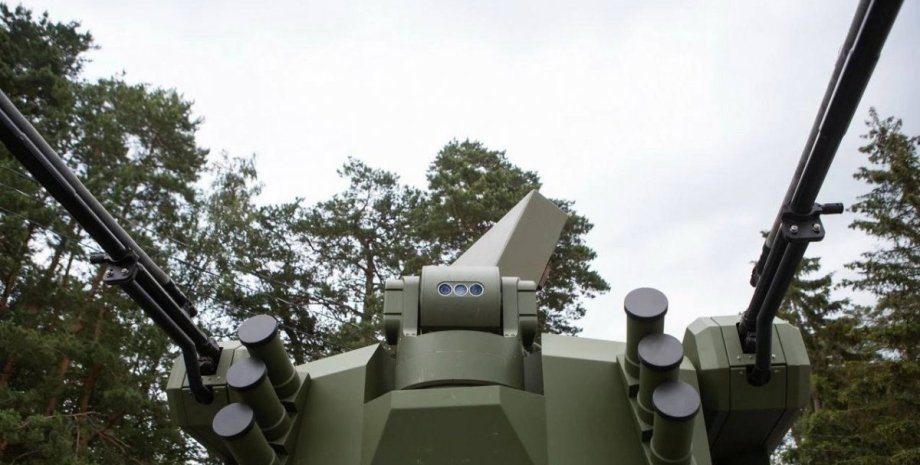
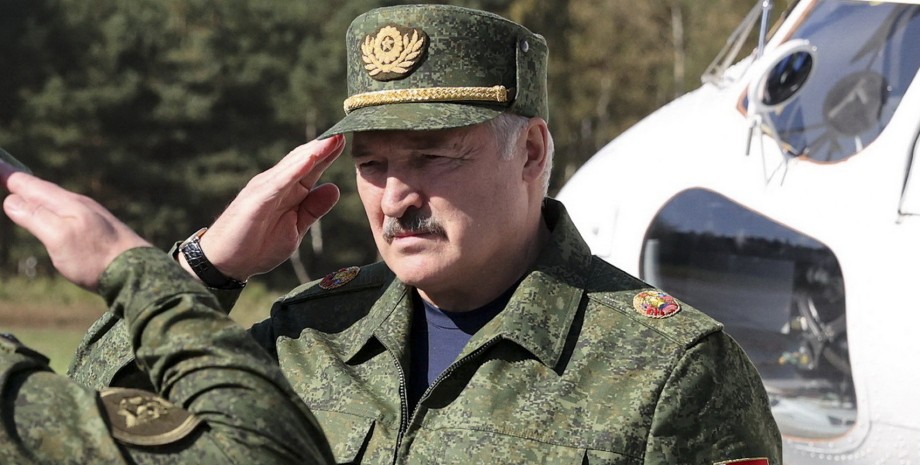
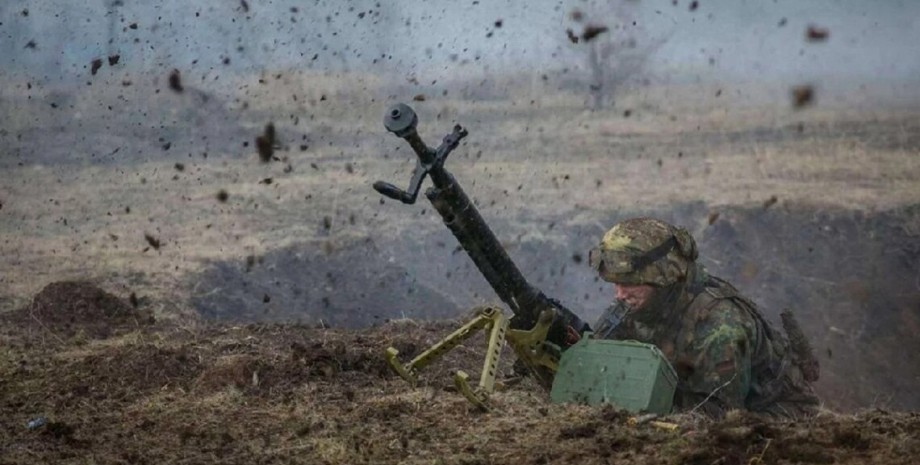

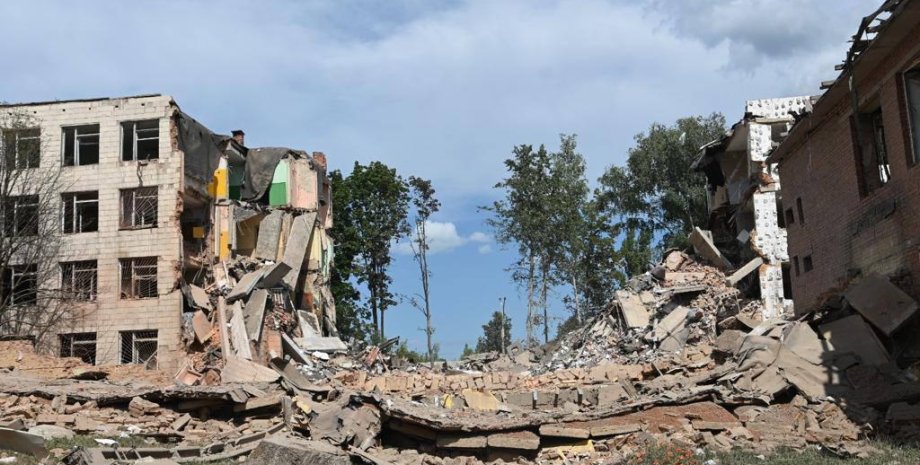
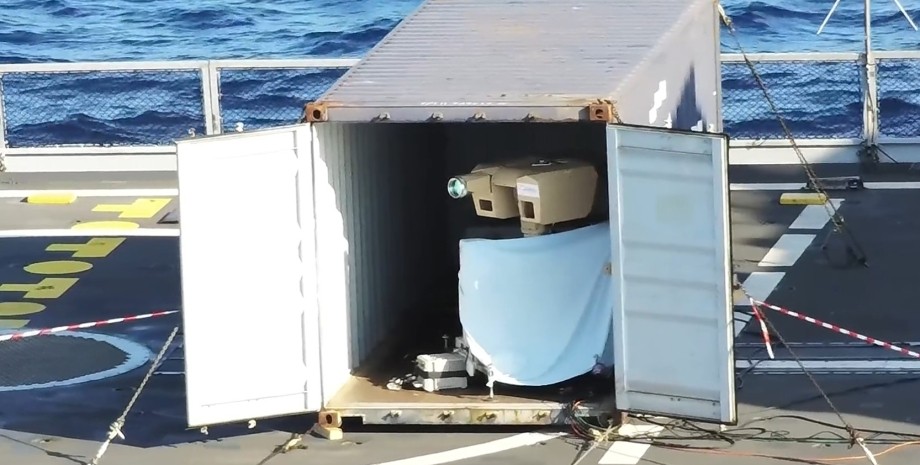
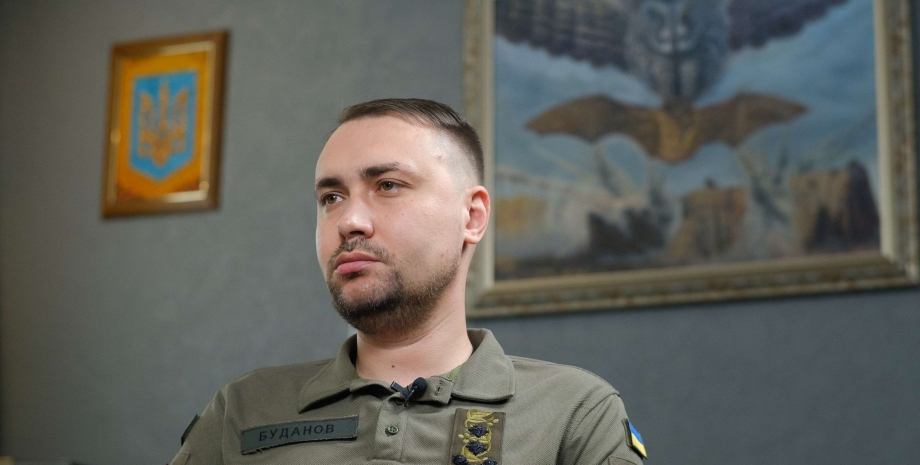
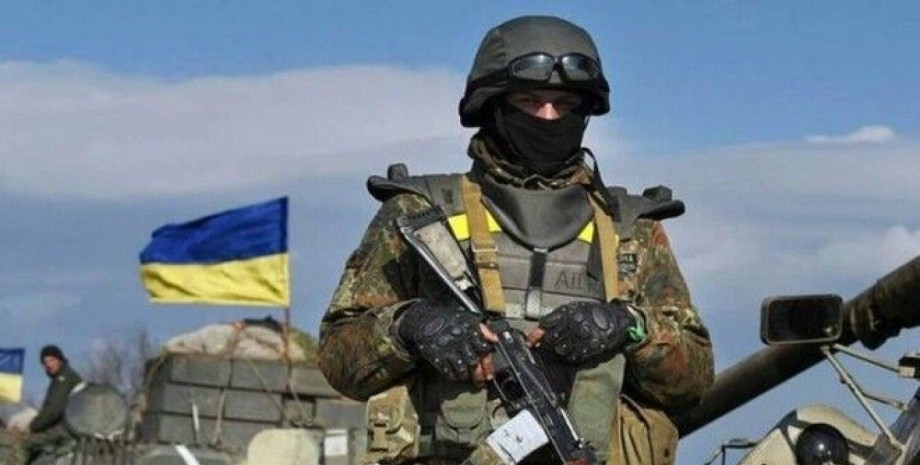
All rights reserved IN-Ukraine.info - 2022